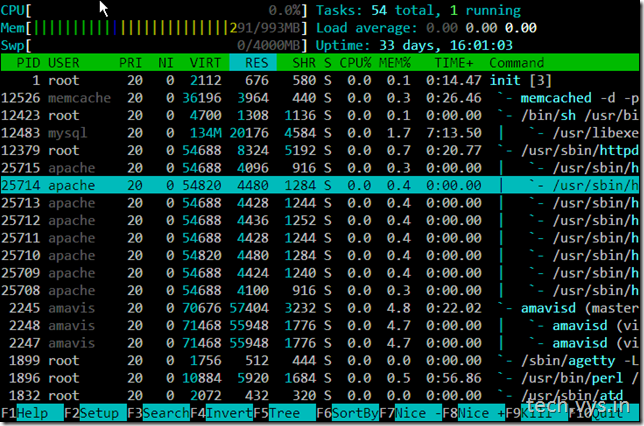Splashtop: Solving slow boot problems
Recently someone sent me a link to splashtop, in context of some work I was doing on Asus Eeepc. Splashtop is a OEM installed OS that boots off a embedded flash/hidden-partition device on your PC. It uses Bootsplash, SquashFS, Blackbox, SCIM and Linux kernel.
Splashtop's raison d'etre is to provide instant-on/off experience to PC. Since PC boot times are slow, most people don't even turn off their machines. Splashtop takes about a second to show it's splashscreen right after BIOS on a Asus notebook. From this screen, you can launch virtual appliance'cified Firefox or Skype or boot Windows etc. One thing to note is that each of these operations in turn may take 5 to 25 seconds.
I wonder if this is a feasible approach to solve this problem. Boot process which involves hardware initialization, OS initializtion, startup application initialization - all of these operations have to take "some" amount time. And we know that most of these are IO bound due to slow disk and RAM access. So unless, something dramatic happens this isn't going to become faster anytime soon.
Splashtop is splitting the boot stage into two parts - and let you interact at the end of the first stage. In doing so, it is actually taking more time to get to the full OS stage. (which is needed inevitably to run your favorite app).
Funnily, this slow boot issue is already not an issue for me because I don't shutdown my laptop at all. I simply close the lid and it suspends in a second or two. Then when I open the lid, it simply resumes in a second. Since I use the laptop daily, having it suspended to ram for over 10 hours is not a problem.
So, I think the near-term solution to slow boot problems is in suspend-to-ram path. There are other projects out there like coreboot etc which replace OEM bios with super fast Linux bios to speed up POST process. Efforts like that can also help speed up cold boot.
Splashtop's raison d'etre is to provide instant-on/off experience to PC. Since PC boot times are slow, most people don't even turn off their machines. Splashtop takes about a second to show it's splashscreen right after BIOS on a Asus notebook. From this screen, you can launch virtual appliance'cified Firefox or Skype or boot Windows etc. One thing to note is that each of these operations in turn may take 5 to 25 seconds.
I wonder if this is a feasible approach to solve this problem. Boot process which involves hardware initialization, OS initializtion, startup application initialization - all of these operations have to take "some" amount time. And we know that most of these are IO bound due to slow disk and RAM access. So unless, something dramatic happens this isn't going to become faster anytime soon.
Splashtop is splitting the boot stage into two parts - and let you interact at the end of the first stage. In doing so, it is actually taking more time to get to the full OS stage. (which is needed inevitably to run your favorite app).
Funnily, this slow boot issue is already not an issue for me because I don't shutdown my laptop at all. I simply close the lid and it suspends in a second or two. Then when I open the lid, it simply resumes in a second. Since I use the laptop daily, having it suspended to ram for over 10 hours is not a problem.
So, I think the near-term solution to slow boot problems is in suspend-to-ram path. There are other projects out there like coreboot etc which replace OEM bios with super fast Linux bios to speed up POST process. Efforts like that can also help speed up cold boot.
